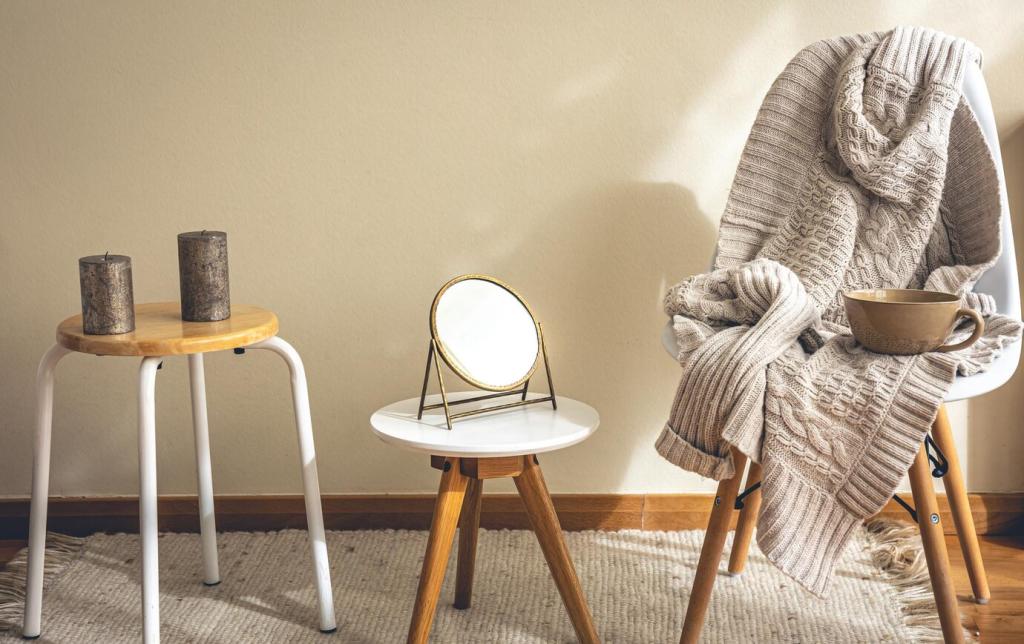Matching Non-toxic Sealants to Sustainable Woods
Hardwax oils soak in, leave a natural, repairable feel, and often have ultra-low VOC. Waterborne polys build a tougher film with better stain resistance and fewer odors than oil-based. Choose based on traffic, sheen preferences, and your tolerance for periodic maintenance and spot repairs.
Matching Non-toxic Sealants to Sustainable Woods
Rapidly renewable bamboo can raise grain with water finishes; pre-wet and sand lightly. Reclaimed pine benefits from a shellac barrier to lock in old smells. Oak’s tannins may react; test small samples, avoid strong ammonia, and consider a dewaxed shellac seal before your chosen non-toxic topcoat.
Matching Non-toxic Sealants to Sustainable Woods
If you want warmth, a thin coat of blonde shellac or a plant-oil primer adds subtle amber. Many waterbornes are crystal-clear and resist yellowing. Use zero-VOC universal colorants or premixed tints approved by the manufacturer, and always test panels to prevent surprises under different lighting conditions.
Matching Non-toxic Sealants to Sustainable Woods
Lorem ipsum dolor sit amet, consectetur adipiscing elit. Ut elit tellus, luctus nec ullamcorper mattis, pulvinar dapibus leo.


